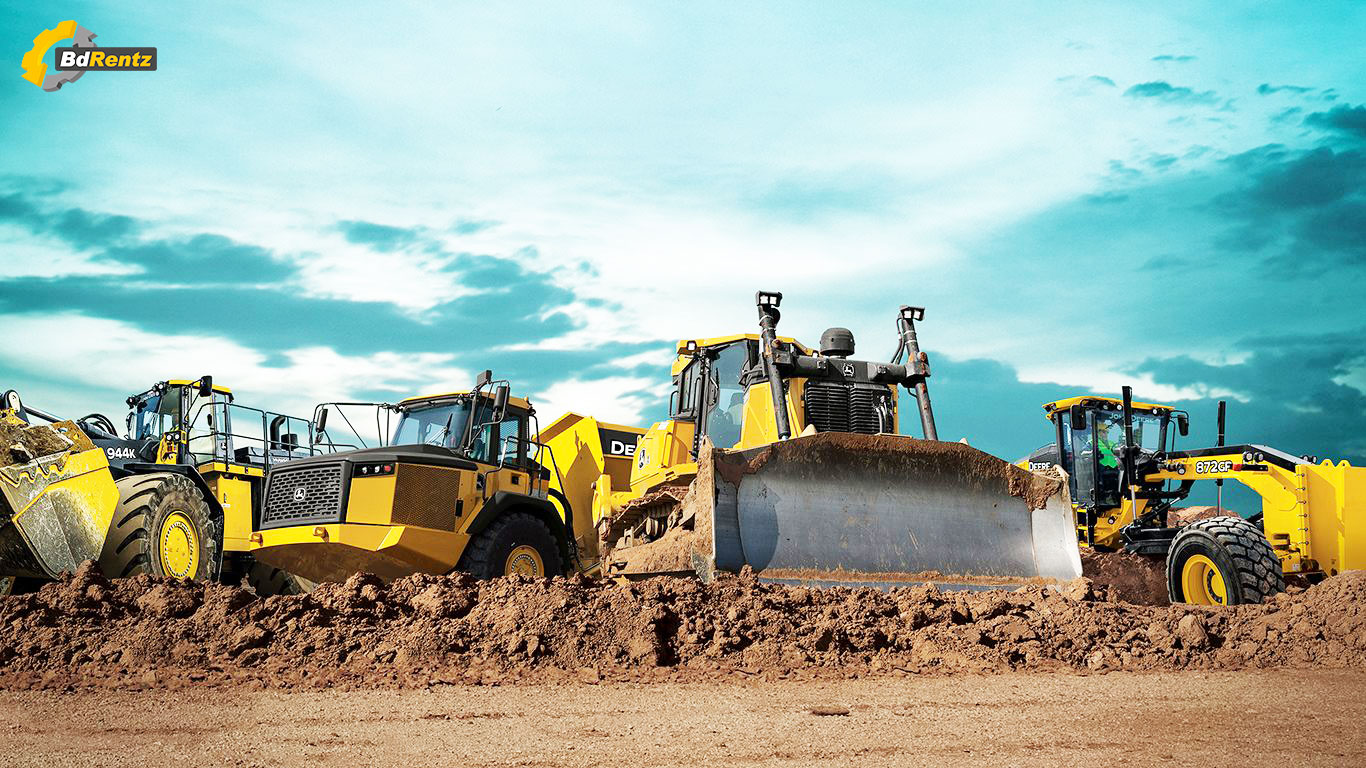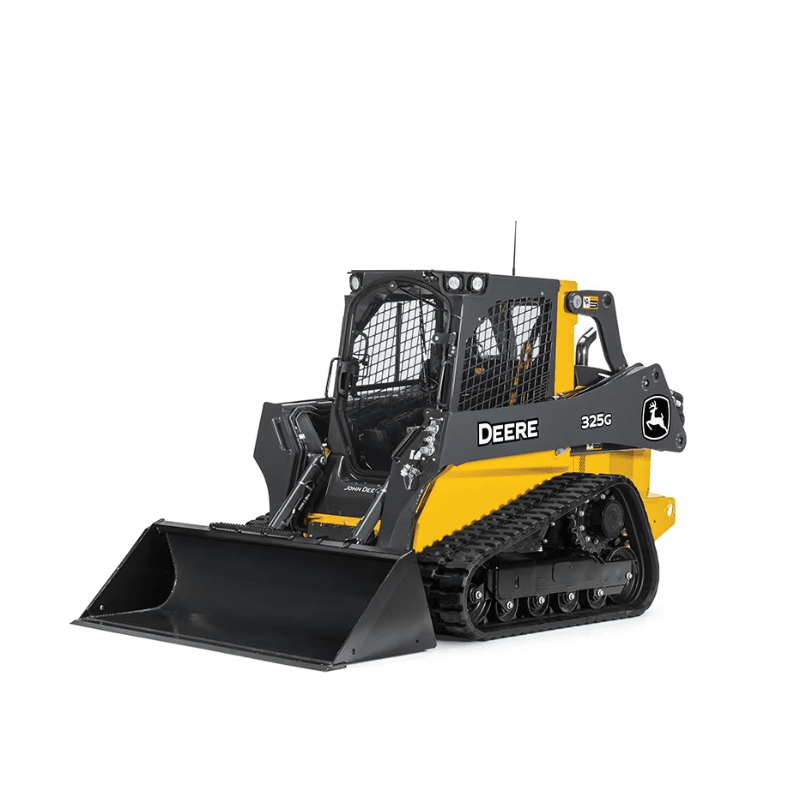Aerial Lift Rental: Versatile Lifting Solutions for High-Access Jobs
Aerial Lift Rental: Versatile Lifting Solutions for High-Access Jobs
Blog Article
Maximize Your Budget by Recognizing the Expenses Connected With Construction Tools Leasings
Understanding the complete range of costs linked with building equipment services is vital for maximizing your budget. While the first rental charge might appear uncomplicated, countless additional expenses-- such as transport, gas surcharges, and maintenance-- can rapidly accumulate, influencing your monetary preparation. Additionally, being mindful of numerous costs and the complexities of rental contracts can help prevent unexpected monetary worries. What strategies can be utilized to properly manage these expenses and make certain a more efficient rental experience?
Overview of Rental Expenses
When considering building and construction equipment services, understanding the linked costs is extremely important for effective budgeting and task planning. Rental expenses can differ substantially based on a number of factors, consisting of tools type, period of service, and location. The preliminary rental cost typically mirrors the equipment's market demand and its connected functional capabilities, affecting the total expense.
In addition to the base rental price, secondary costs may develop, such as transportation costs, gas surcharges, and maintenance charges. It is vital to account for these additional costs to precisely assess the total price of renting equipment. Furthermore, the rental period can impact prices; longer leasings may qualify for reduced prices, while short-term leasings may sustain higher daily fees.

Failure of Rental Rates
A thorough understanding of rental rates is important for specialists and task managers aiming to maximize their spending plans. Rental rates for construction devices usually include numerous components, consisting of base rates, time-based charges, and usage fees.
Base prices are the core costs connected with the rental of the equipment, usually identified by the kind and dimension of the equipment. These prices can vary considerably, affected by factors such as tools demand, schedule, and regional market trends. Time-based charges, which may be daily, weekly, or monthly, serve to fit various project timelines and rental periods.
In addition, rental rates may consist of usage costs, which apply when equipment is made use of beyond a defined threshold, ensuring that the rental business can account for deterioration. Seasonal need changes can also impact rental prices, with peak building periods commonly commanding greater prices.
Additionally, understanding the rental business's plans concerning upkeep and insurance policy can offer more insight into the total cost structure. By assessing these components, specialists can make informed decisions, making sure the option of rental equipment lines up with both task needs and budget restrictions.
Additional Fees to Think About
Comprehending the ins and outs of extra charges is critical for service providers to handle their total service expenditures properly. Past the typical rental Read Full Article prices, numerous auxiliary costs can dramatically influence the complete price of devices leasing. These fees frequently include delivery and pick-up fees, which can vary based on range and logistics entailed in moving the tools to and from the task site.
Moreover, some rental firms might enforce gas surcharges if the tools is returned with much less gas than when leased. It is likewise necessary to understand prospective cleaning costs, especially for specific tools that needs extensive maintenance after usage.

Completely reviewing the rental arrangement and clarifying these added fees ahead of time can assist contractors prevent unexpected expenses and ensure that spending plans remain undamaged throughout the project lifecycle.
Repair And Maintenance Costs
Normal repair and maintenance expenses are commonly overlooked aspects that can significantly influence the general price of building tools rentals. When leasing devices, it is crucial to think about not just the rental costs but likewise the possible prices associated with keeping the equipment in optimum operating condition.
Numerous rental business consist of standard upkeep as part of the rental contract; nevertheless, a lot more unanticipated breakdowns or comprehensive repair work can cause added expenditures. It's important to assess the rental agreement thoroughly to understand what maintenance services are covered and what responsibilities fall on the renter.
Additionally, equipment that is not properly maintained can bring about inadequacies at work website, possibly boosting and triggering delays job costs. To reduce these risks, it is recommended to conduct regular inspections and keep open interaction with the rental copyright pertaining to any type of problems that occur during usage.
Insurance Policy and Obligation Expenses
Insurance and responsibility prices are important elements that can considerably impact the total cost of construction tools services (equipment rental company). These prices make sure that both the rental company and the customer are safeguarded from potential monetary losses arising from crashes, damage, or burglary during the rental duration

Furthermore, customers need to recognize any type of deductibles or exemptions in the insurance policy, as these can influence potential out-of-pocket costs. Recognizing the terms and conditions of any type of insurance policy protection is crucial to prevent unanticipated costs. Eventually, budgeting for insurance policy and liability expenses can assist make certain a smoother rental experience and protect against monetary dangers linked with construction projects.
Final Thought
In final thought, an extensive understanding of the costs associated with building and construction Look At This devices rentals is essential for effective spending plan administration. Ultimately, educated decision-making relating to equipment services adds to the overall success of building and construction ventures.
Rental costs can differ substantially based on several variables, consisting of equipment kind, duration of service, and place (dozer rental). The rental duration can affect rates; longer leasings may certify for reduced prices, while short-term services may incur greater daily fees
By carrying out thorough research study and engaging with reputable rental companies, service providers can efficiently browse content the complexities of rental prices, inevitably maximizing their economic sources.
Beyond the typical rental rates, different supplementary fees can dramatically impact the overall price of equipment leasing. Rental business often offer obligation insurance that covers injuries to third celebrations or damages to residential or commercial property, while devices damages insurance policy can cover the cost of repair work or substitute if the rented out tools is harmed.
Report this page